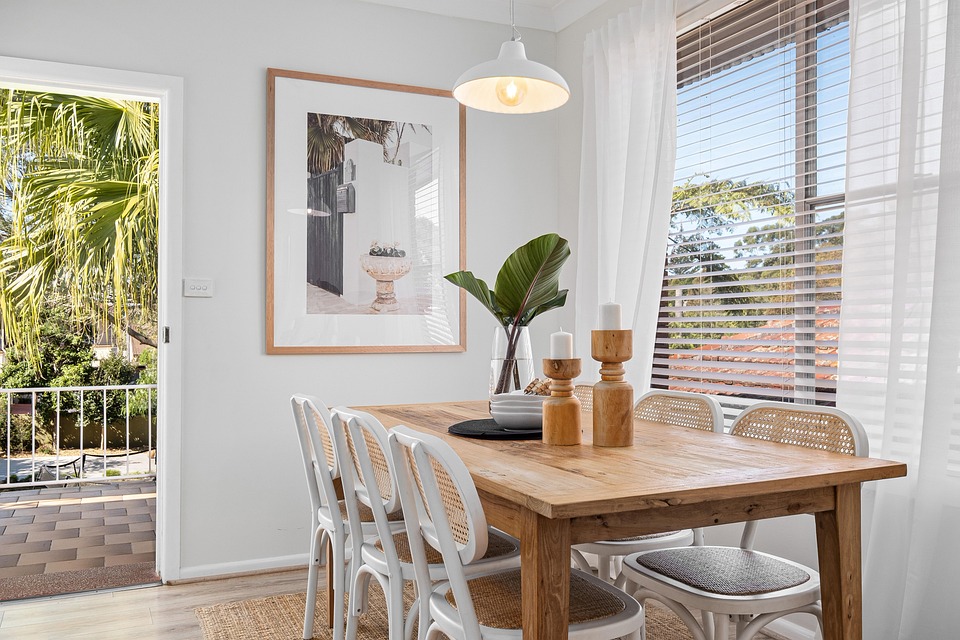How to Create a Blog to Market Your Short-Term Rental Business
If you own a short-term rental business, having a blog can be a game-changer.
Not only does it help you attract potential guests, but it also improves your website’s search engine ranking, builds trust with your audience, and positions your rental as the go-to choice in your area.
A well-maintained blog allows you to showcase your property, highlight local attractions, and answer common traveller questions.
Whether you’re listing on Airbnb, Vrbo, or running direct bookings, a blog can drive more traffic and ultimately increase your bookings.
This guide will walk you through the steps to create a blog that successfully markets your short-term rental business.
1. Define Your Blog’s Purpose and Audience
Before you start creating your blog, you need to define its purpose and target audience. Ask yourself:
- Who are my ideal guests? Business travellers, families, couples, digital nomads?
- What kind of content will interest them? Travel guides, home-sharing tips, or special deals?
- What is my ultimate goal? Increasing bookings, improving SEO, or building an email list?
By answering these questions, you’ll have a clearer direction for your content and ensure that it resonates with your potential guests.
For example, if your short-term rental is located in a popular tourist destination, you can create content on the best local attractions, seasonal events, and travel tips. If you cater to business travellers, you might focus on productivity tips, work-friendly cafes nearby, or networking opportunities in the area.
Read This: Is Buying or Leasing Better for a Short-Term Rental Business?
2. Choose a Blogging Platform and Domain Name
To start your blog, you need a blogging platform and a domain name. Here’s a quick comparison of popular platforms:
- WordPress.org – Highly customizable and SEO-friendly but requires hosting.
- Wix – Beginner-friendly with drag-and-drop features.
- Squarespace – Elegant design options with built-in hosting.
- Blogger – A simple option but with limited customization.
Choosing a Domain Name
Your domain name should reflect your short-term rental brand and be easy to remember. Here are some tips:
- Use your rental’s name (e.g., CozyStayParis.com).
- Keep it short and simple.
- Avoid hyphens and numbers.
- Choose a .com extension if possible.
After choosing a domain name, register it and purchase hosting through providers like Bluehost, SiteGround, or Hostinger.
3. Design Your Blog for a Great User Experience
Your blog should be visually appealing and easy to navigate. Here’s how to design it effectively:
- Choose a clean and professional theme – If using WordPress, pick a mobile-friendly theme like Astra or GeneratePress.
- Use high-quality images – Showcase your rental with professional photos.
- Create a simple navigation menu – Include sections like Home, Blog, About Us, and Contact.
- Optimize for mobile – Most travelers use mobile devices to browse.
Additionally, categorize your blog posts for easy access. Examples include:
- Local Guides (e.g., “Top 10 Attractions Near Our Rental”)
- Travel Tips (e.g., “How to Pack for a Weekend Getaway”)
- Guest Stories (e.g., “A Couple’s Romantic Retreat at Our Cabin”)
4. Plan Your Content Strategy
A blog without a solid content plan won’t be effective. Here’s how to plan your blog posts:
Types of Content to Publish
- Local Guides – Write about restaurants, attractions, and hidden gems in your area.
- Travel Tips – Share packing lists, safety tips, and itinerary ideas.
- Guest Stories – Feature testimonials and real guest experiences.
- Behind the Scenes – Show what it’s like to manage a short-term rental.
- Seasonal Promotions – Advertise holiday deals and discounts.
Publishing Frequency
Aim for at least two posts per month to keep your blog fresh and engaging. Consistency is key to building an audience and improving SEO.
5. Optimize Your Blog for SEO
Search engine optimization (SEO) is crucial for getting your blog posts ranked on Google. Follow these SEO best practices:
- Use keyword research tools (Google Keyword Planner, Ubersuggest) to find relevant terms like “best Airbnb in [city]” or “things to do in [location].”
- Write compelling meta descriptions to encourage clicks.
- Use headings (H1, H2, H3) to structure your content.
- Include internal links to your other blog posts and pages.
- Optimize images by adding alt text and compressing file sizes.
SEO takes time, but with consistency, your blog will start attracting more organic traffic.
Read This: How to Partner with Local Businesses to Drive More Bookings
6. Promote Your Blog and Drive Traffic
Writing blog posts isn’t enough, you need to promote them to reach your audience. Here’s how:
- Social Media – Share your blog posts on Instagram, Facebook, Twitter, and Pinterest.
- Email Marketing – Send blog updates to your past and potential guests.
- Influencer Collaboration – Partner with travel bloggers to share your content.
- Paid Advertising – Boost posts on Facebook or run Google Ads to drive traffic.
By leveraging multiple channels, you can increase your blog’s visibility and attract more potential guests.
7. Convert Blog Visitors into Bookings
Traffic is great, but your ultimate goal is to turn readers into guests. Here’s how to encourage bookings:
- Add clear call-to-action (CTA) buttons like “Book Now” or “Check Availability.”
- Include a booking widget or direct link to your Airbnb or direct booking site.
- Offer special discounts for blog readers to encourage direct bookings.
- Display testimonials and highlight positive guest experiences.
Make it as easy as possible for visitors to transition from reading your blog to booking a stay.
8. Track Performance and Improve Your Blog
To measure your blog’s success, use tools like:
- Google Analytics – Track traffic, user behaviour, and conversions.
- Google Search Console – Monitor your blog’s search performance.
- Social Media Insights – Analyze engagement on your shared posts.
If certain posts perform well, create more similar content. If engagement is low, adjust your strategy based on what your audience prefers.
See This: How to Run Facebook and Instagram Ads for Your Short-Term Rental
Conclusion
Creating a blog for your short-term rental business is a powerful way to attract guests, improve SEO, and establish credibility.
By defining your audience, choosing the right platform, planning strategic content, and optimizing for SEO, you can drive more traffic and increase bookings.
Start your blog today and watch your short-term rental business thrive. Need help with blogging or content strategy? Drop a comment below or reach out, we’re happy to assist.

